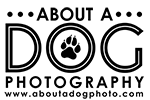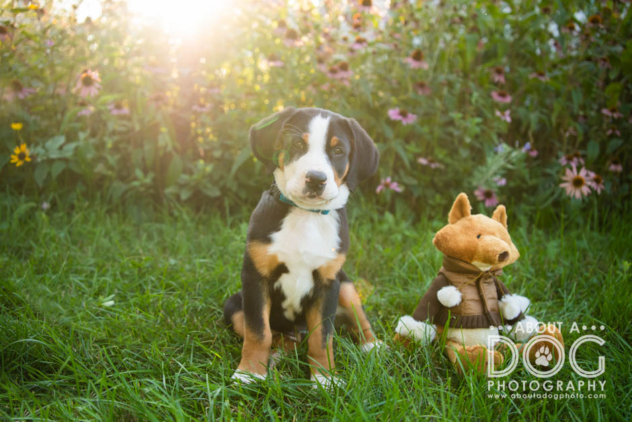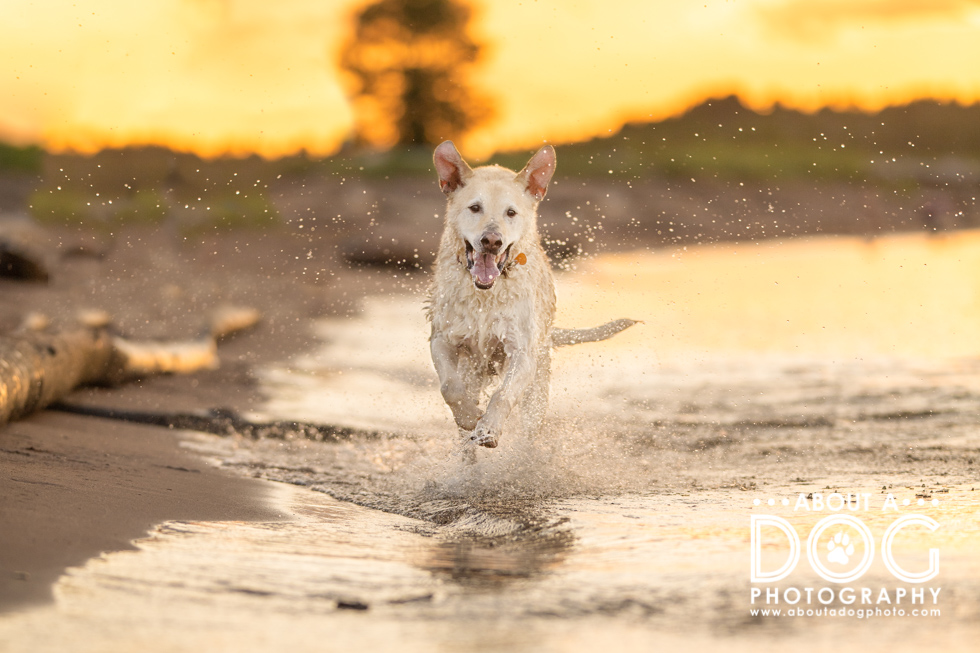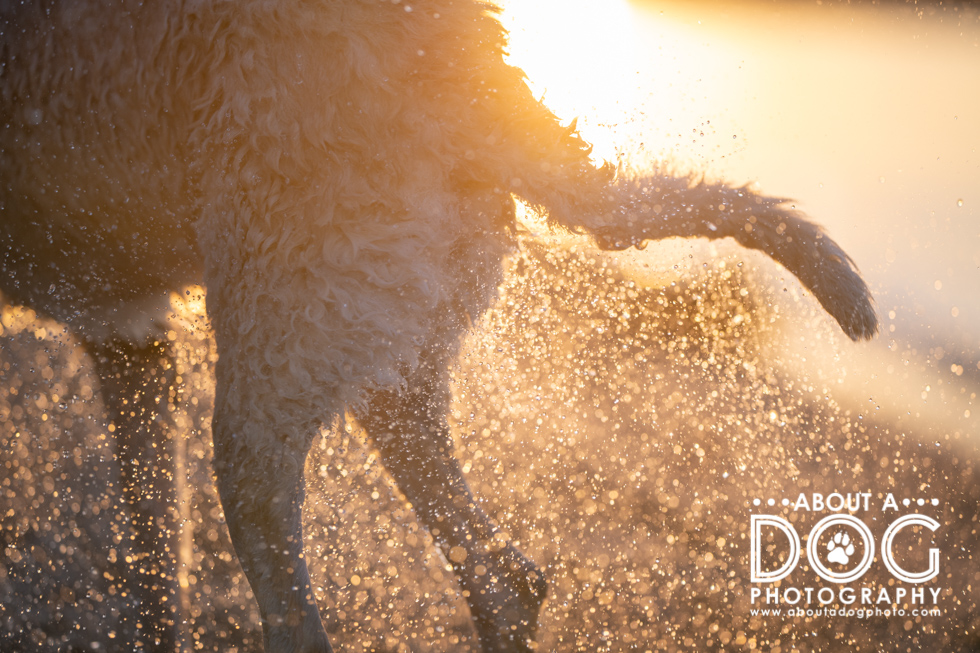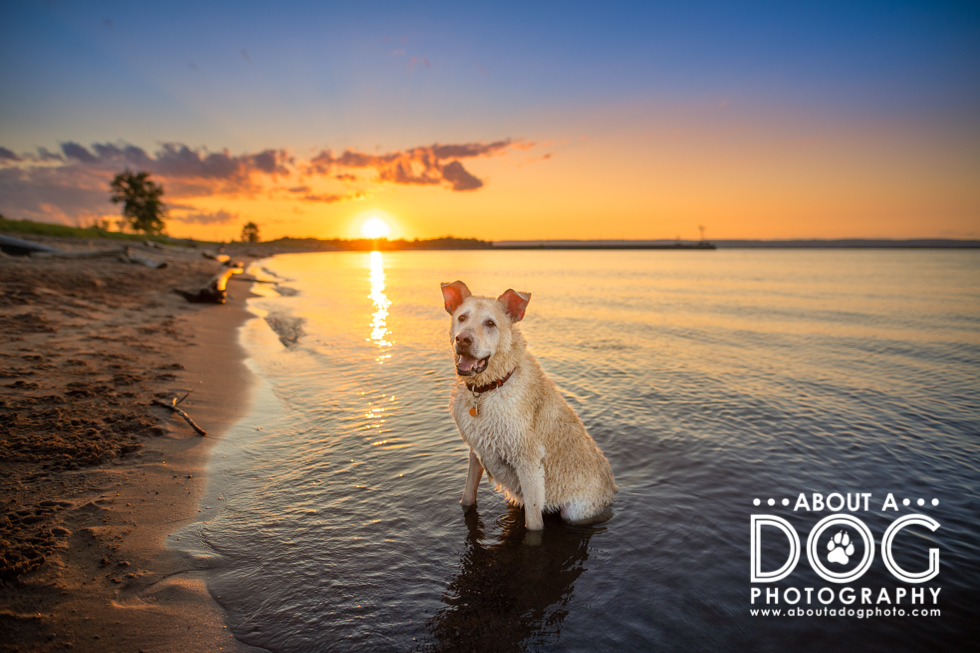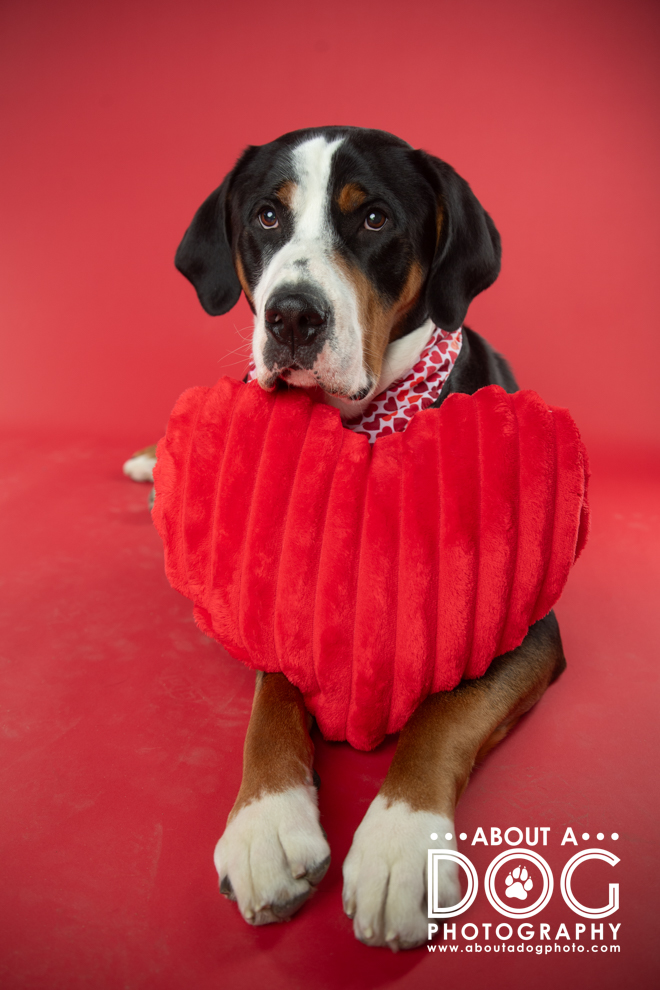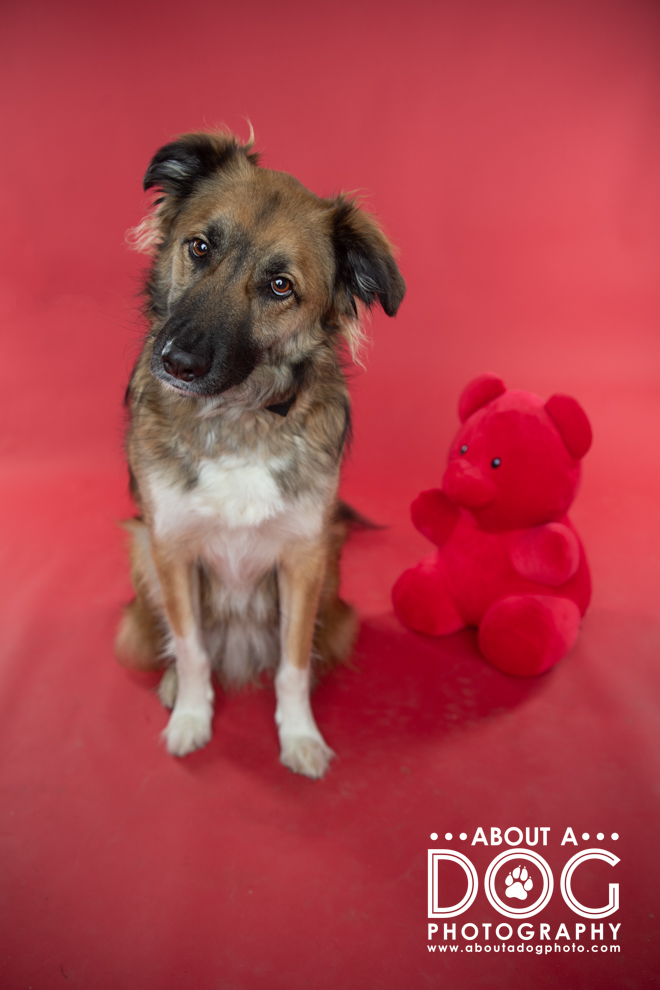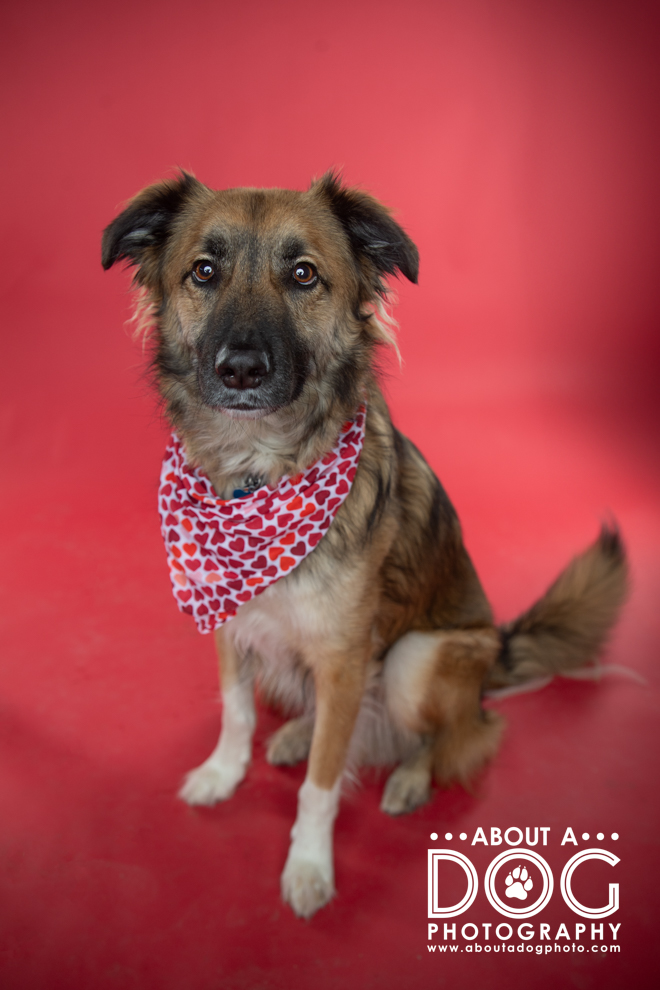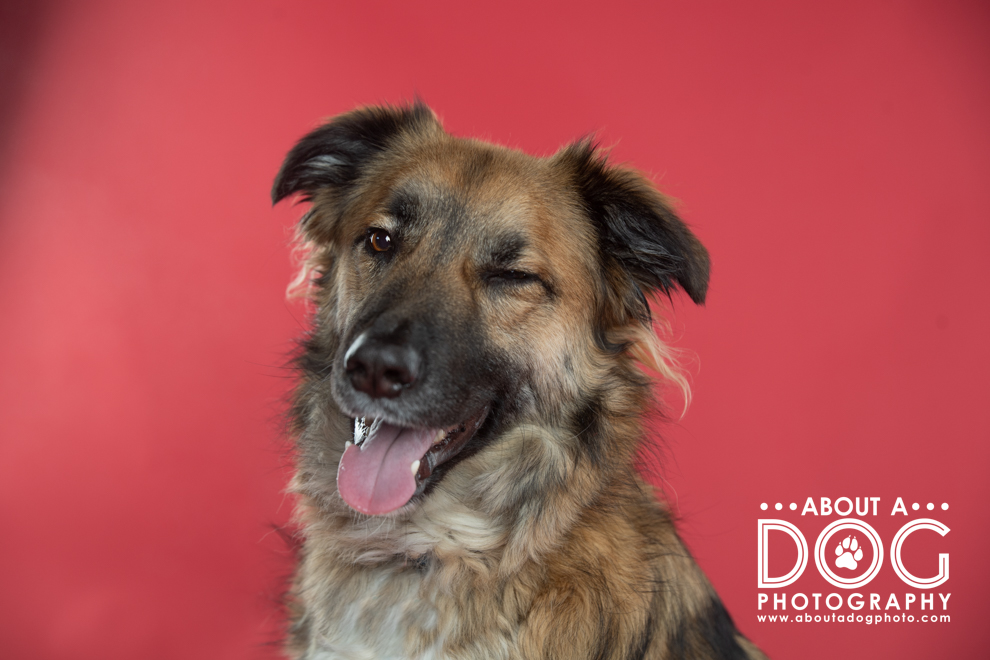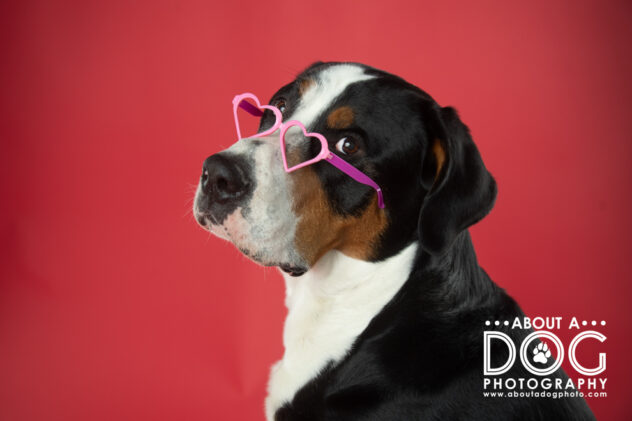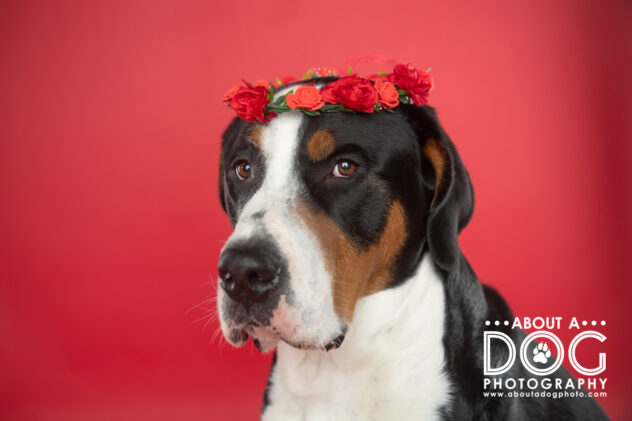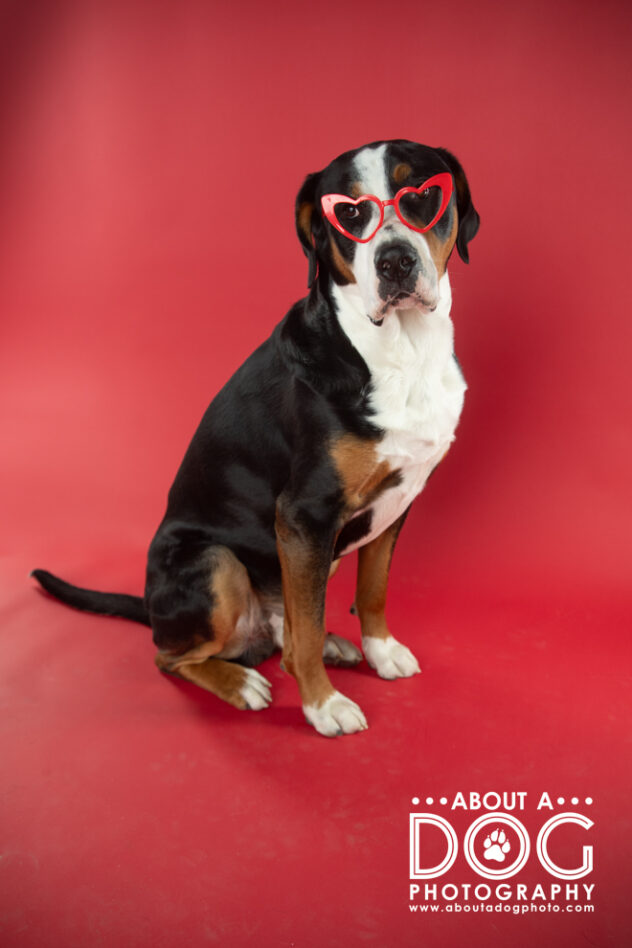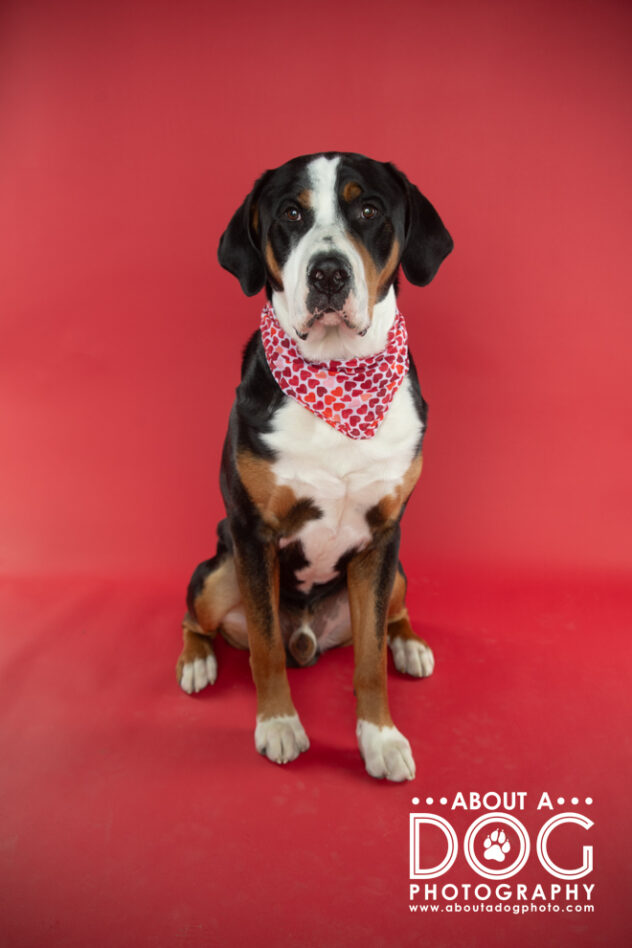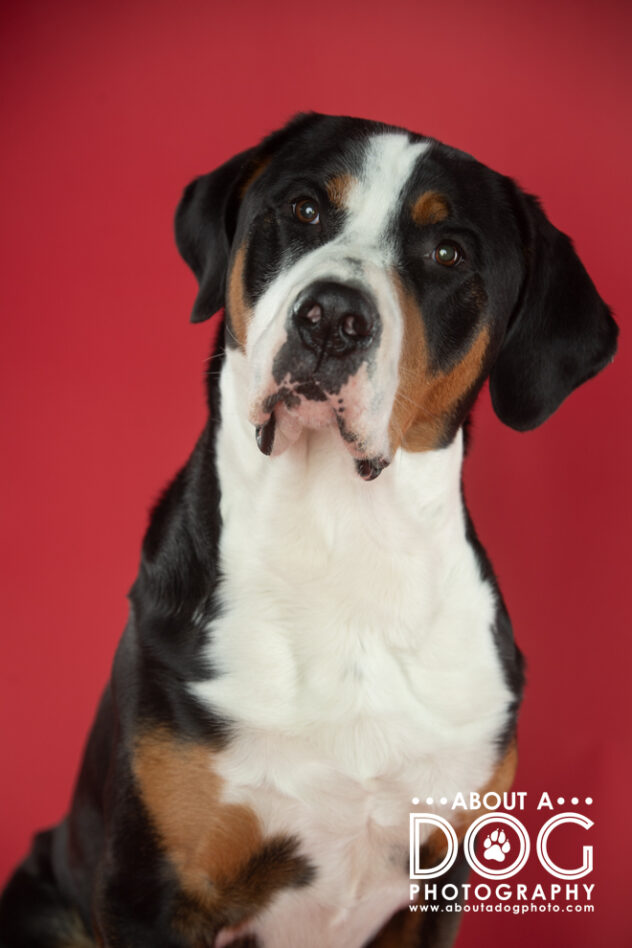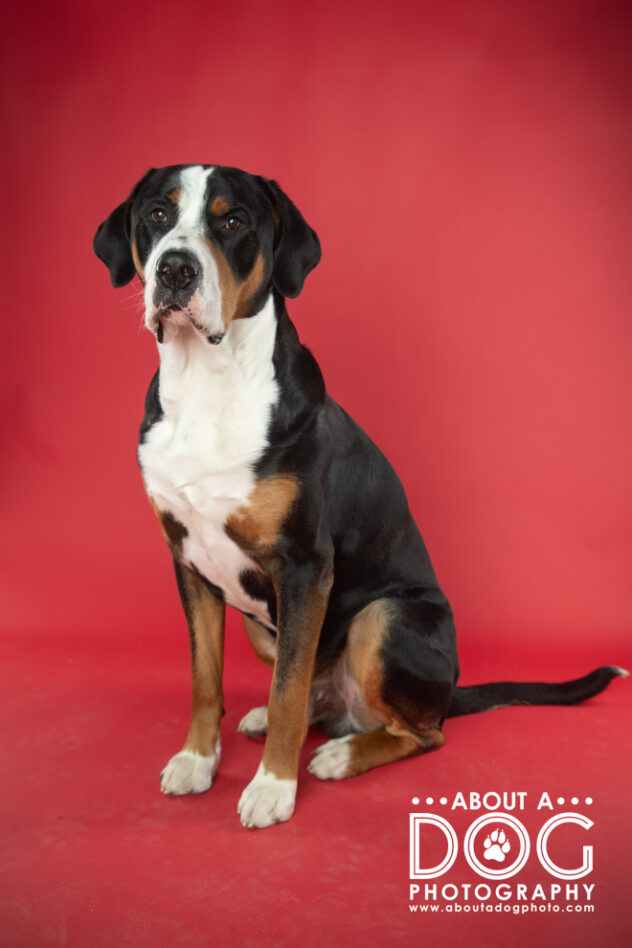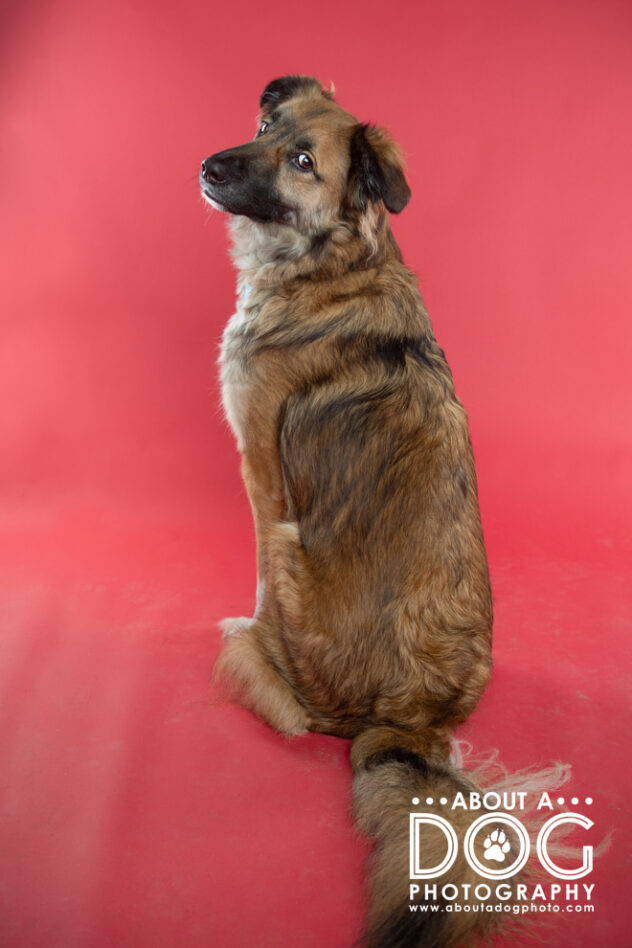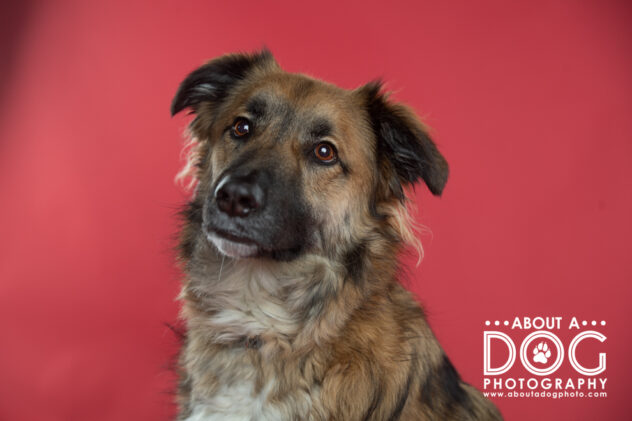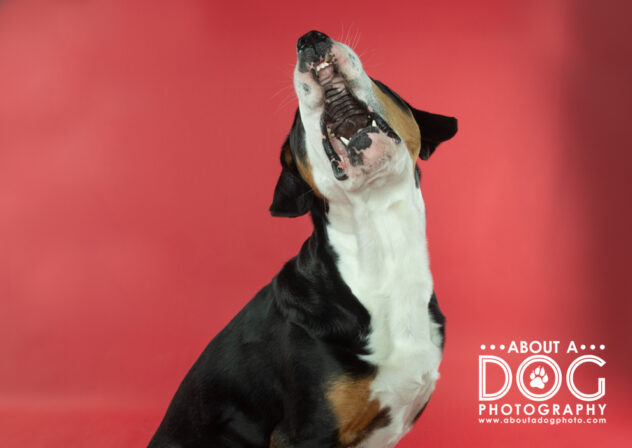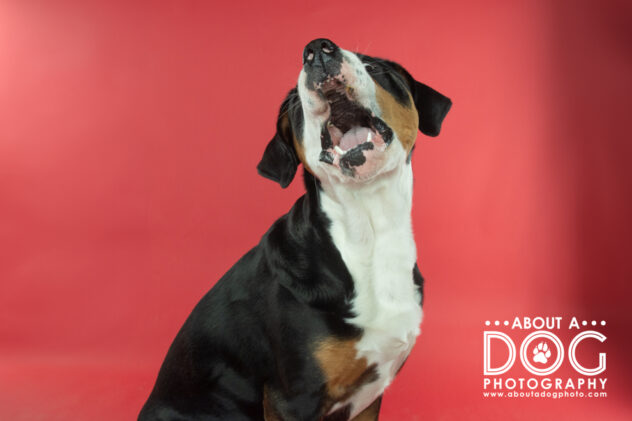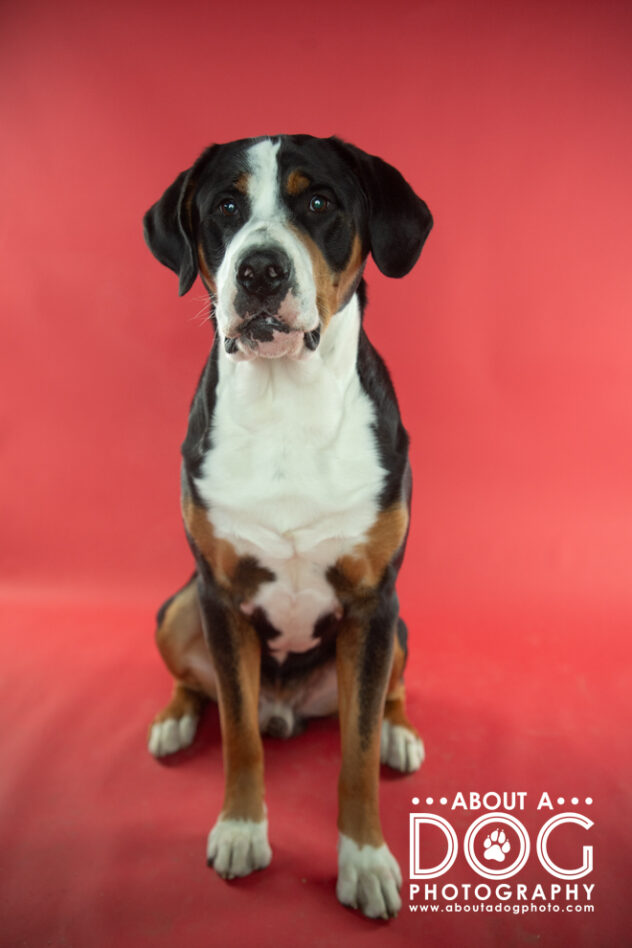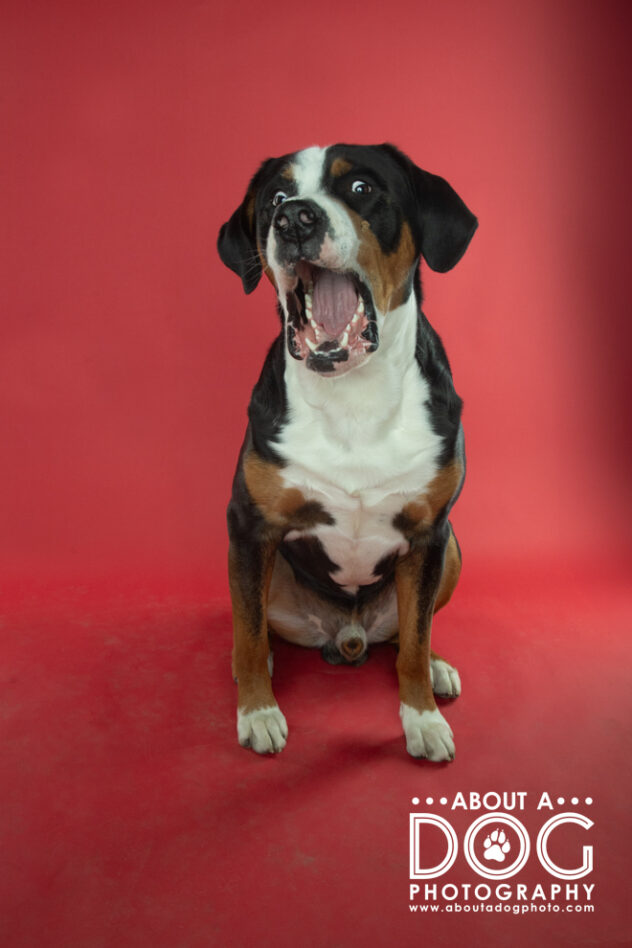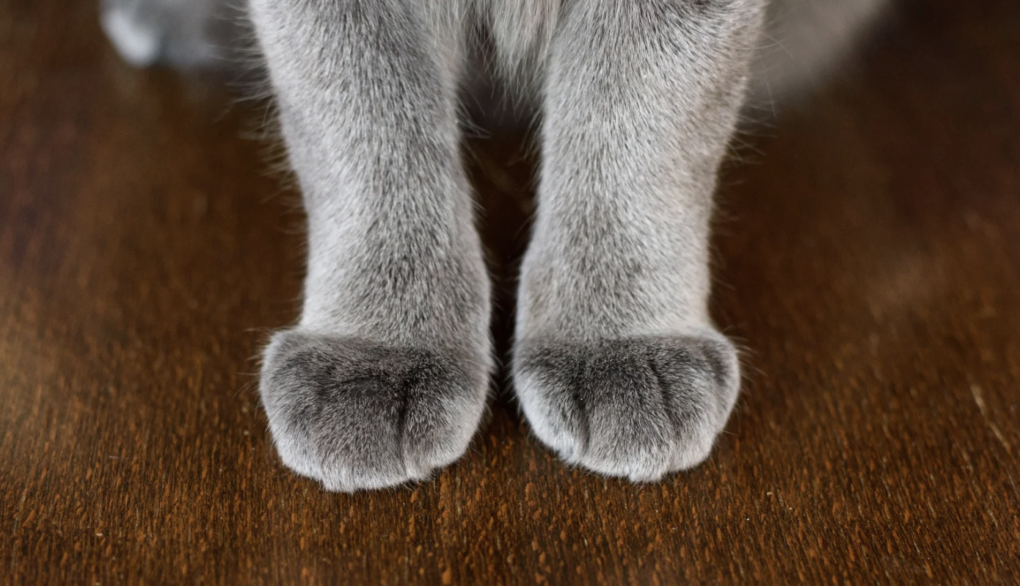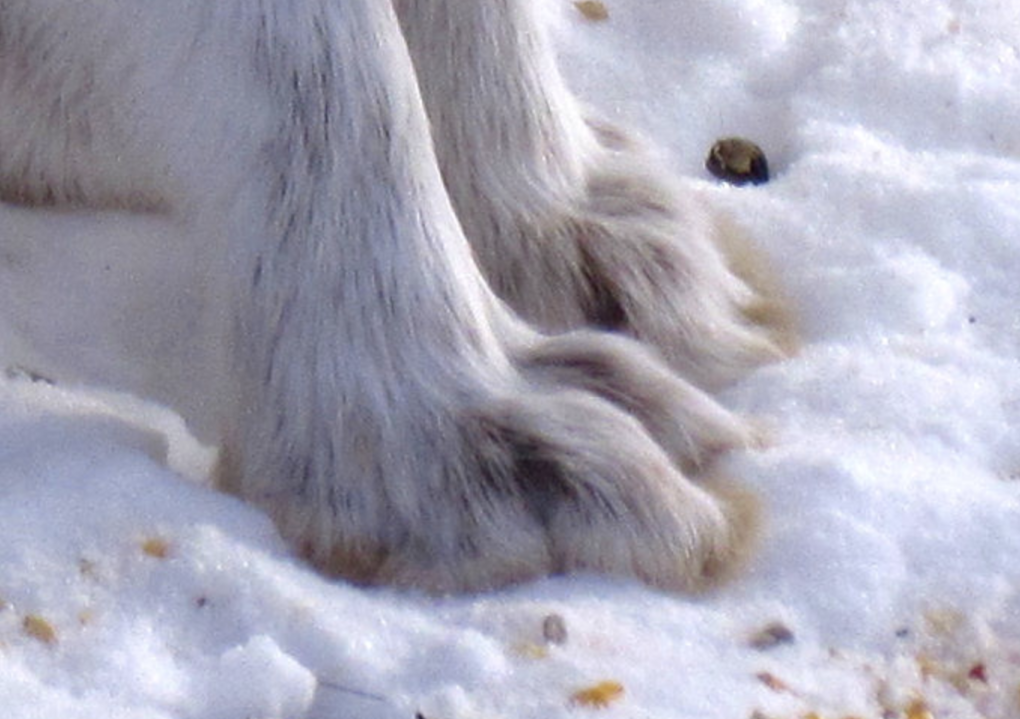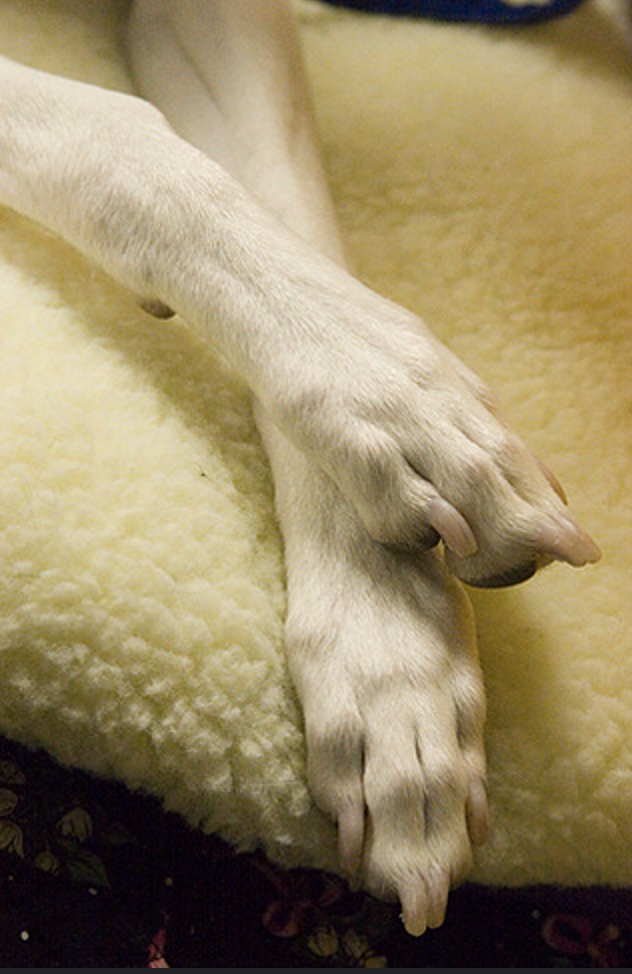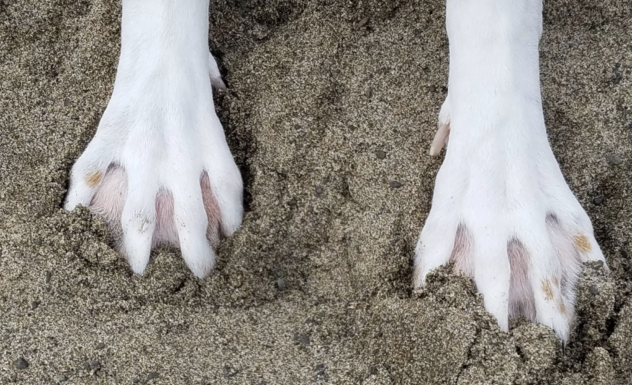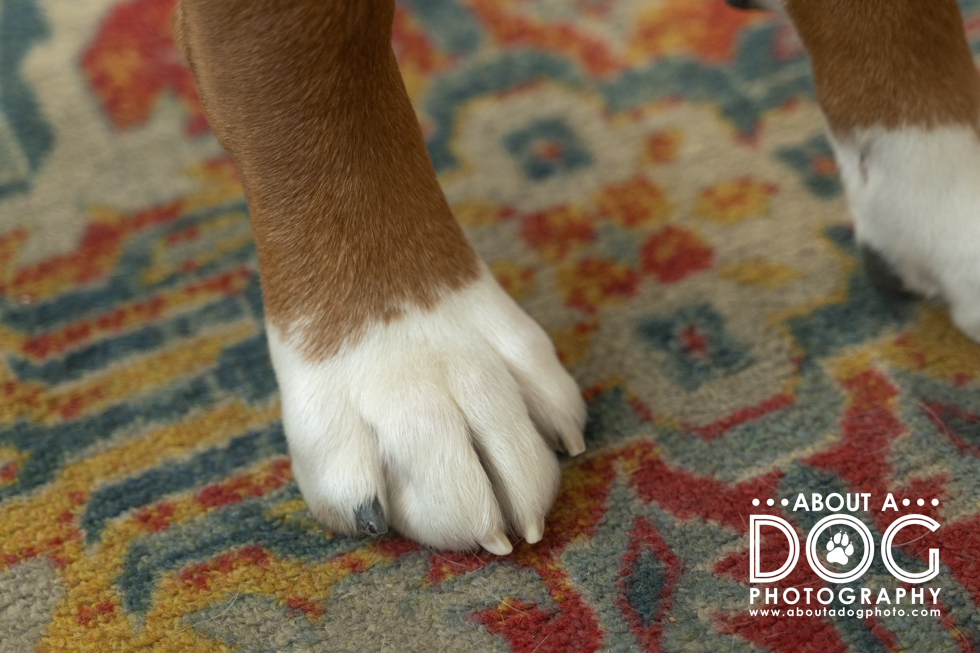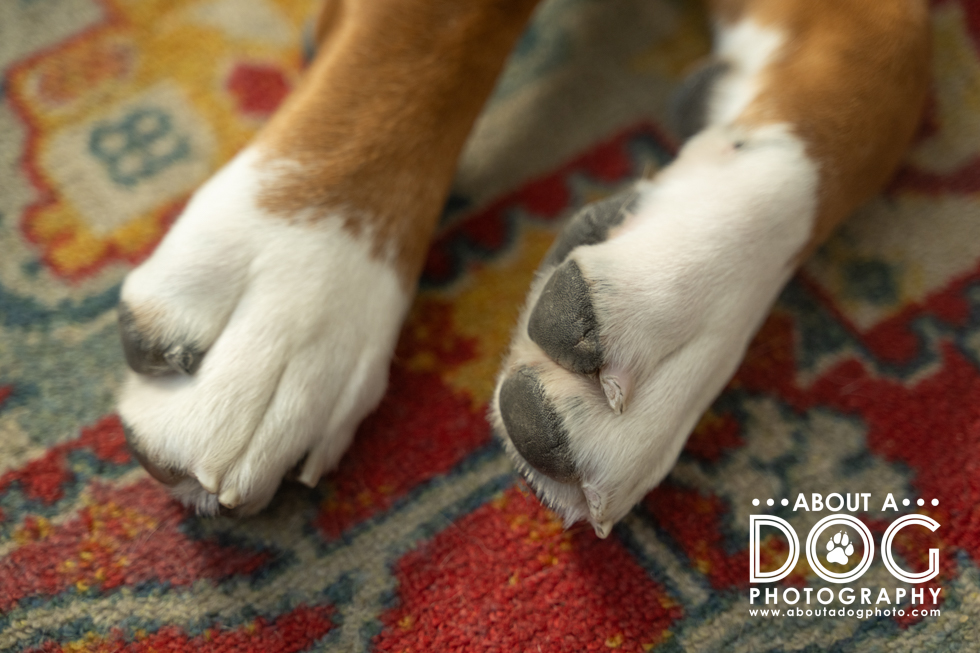Meet the Session: Puppy Series Session
Welcome to the meet and greet series of the sessions at About A Dog Photography!
You’ll get to meet each of the sessions – Digital Dog, Short & Sweet Session, Teenie Weenie, Shitty Weather and Puppy Series – and learn what makes each session unique.
The next in the series is the Puppy Series Session! (See the first in the series here: Digital Dog Session)

What is the Puppy Series Session?
These sessions celebrates everything PUPPY!
From baby toe beans and shark teeth, to oversized paws and ears, to lanky legs and goofy teenager antics to polished adult, these sessions are designed to capture the moments in growth your puppy will have in their first year.
The Puppy Series Session comes in a series of 3 or 2.
The series of 3 sessions: first session at 2-4 months (8 weeks – 16 weeks), second session at 6 months and the final session at 1 year. Perfect for brand new puppies from breeders or young puppies from animal shelters and rescues.
The series of 2 sessions can be at 2-6 months and at 1 year. Perfect for puppies who are from animal shelters and rescues who may be a little older than 2-4 months when they arrive into your home.
(If you want to do more sessions, say 2 months, 4 months, 6 months, 9 months and 1 year we totally can! Ask me about it!)
Each session is an hour and will follow your puppy around as they explore the wide, new world. Puppies in the 2 – 4 months range will have their session at home in their backyard (we can explore if you’re comfortable & your puppy has had 2 in their shot series). After that, we can explore anywhere we want with your 6 month and older puppy!
The sessions go like this:
- We meet at your house (2-4 months)
- I meet your puppy, giving them lots of love or ample time to meet me.
- We stroll into your yard and hang out in your house.
- Lots of treats, lots of silly sounds, ample breaks to let your puppy have fun!
- This process repeats for the duration of the session
- The session is slated for an hour, though it will be dictated by your puppy. Is he or she snoozing a half hour in? Then we will wrap up for the day. If they are running, playing and exploring past the hour, we’ll stay as long as we have light!
- We depart ways – me to start curating your gallery, you and your puppy to head in for a solid snooze.
This process repeats at 6 months and 1 year, though instead of your house and yard we will explore a new location!
- We meet at the picked location (you get to pick where we go! Can’t choose? We can sort it out together!)
- I meet your puppy again and marvel how big they’ve gotten!
- Then we stroll! It may seem like I’m distracted as we walk – I’m actually scanning for the best places to ask your puppy to “pose” in.
- We pause, ask for a sit, a lay, a stand in place and look at the lady making mega goofy sounds.
- Lots of treats, then we meander to the next spot – a clutch of grass, a wondering fence, a pathway of brick, piles of leaves, peeling paint on old barns, or any other point of color, light, texture that catches my eye and will make for EPIC portraits.
- This process repeats for the duration of the session. Low key, fun and chill as we stroll.
- Around the hour mark your puppy might want to snuggle in for the evening – totally ok and normal! If your puppy is showing that he or she is done with all the “posing”, walking, sniffing and action shots, then we will end your session and head back to the car.
- We depart ways – me to start curating your gallery, you and your puppy to head home and snooze the evening away.
In regards to “posing” – it will always be an ask. Do you think your puppy will sit/stand here? Put their feet up? Lay on the lumpy bumpy ground? If the answer is yes or probably then we will direct your puppy to what we would like them to do. If it results in a stand vs or a lay vs stand, no worries we will work with it! We will ask once or twice and if we get a nope from your puppy, we’ll adapt and carry on.
The aim is FUN! If the ask doesn’t mean fun for your puppy, we won’t push them.
What kind of images will be captured during your session?
Grow With Me Prop / Replicated Poses
Your puppy is going to grow bigger in rapid strides so having a “grow with me” prop helps you remember how teenie weenie your pup once was. This prop could be anything as long as the size is static. Think plush toys, cookbooks, Converse shoes, baskets, or go super creative and find something that pertains to your puppy’s name. Loki could be a Loki POP or plush, hunting names with duck decoys or mounted deer antlers (as long as you don’t mind a couple of puppy teeth marks!), floral names with fake flowers, anything you can think up.
Each session we will work on replicating the “grow with me” prop pose to create an awesome transition from puppy to adult. The prop will seem like its shrinking!
Or if you’re not keen on a “grow with me” prop, then we can focus on replicated poses. This can be as simple as a sit or lay with paws and legs pointing the same direction. The transition will be cool, though the scale of puppy to adult may be a little lost without a prop object.
Headshots
– Shoulders and up of your puppy’s squishy little head (classic like any portrait you have had done in your school days).
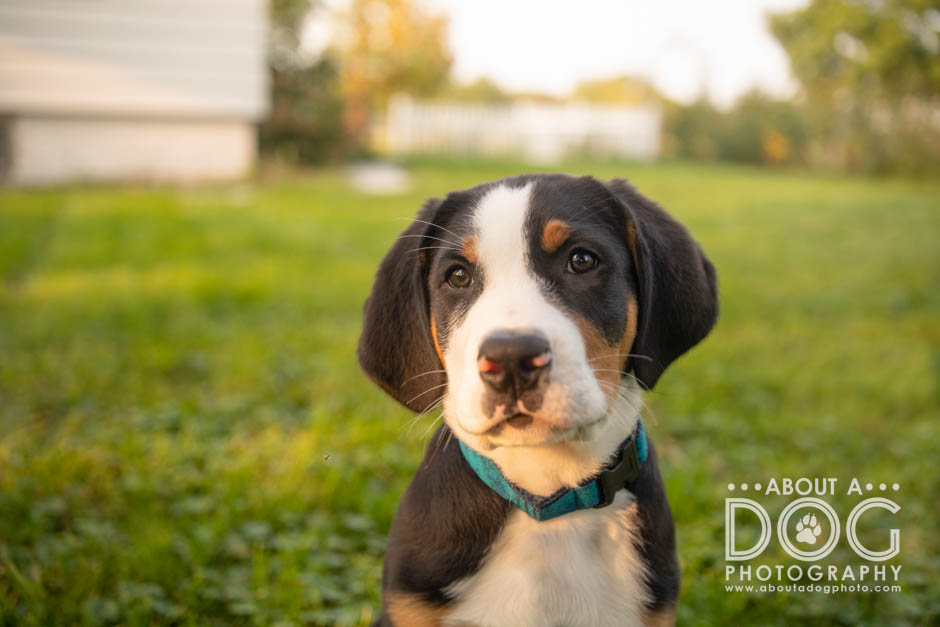
Full body portraits
– Portraits with your puppy’s entire wiggly little body in the frame. Sitting, standing or laying down is quite alright!

Action shots
– Puppies are full of action! From chasing after legs, zooming in the grass, chomping on sticks and exploring with great gusto.

Details
– Baby shark teeth, whiskers, toes, noses, eyes, ears, tails, butt swirls, all the details that make your puppy who they are!

Your bond
– From family portraits to your hand on their head, your hand and their paws, your puppy at your feet and any other ways we can capture the bond you share with your growing puppy.
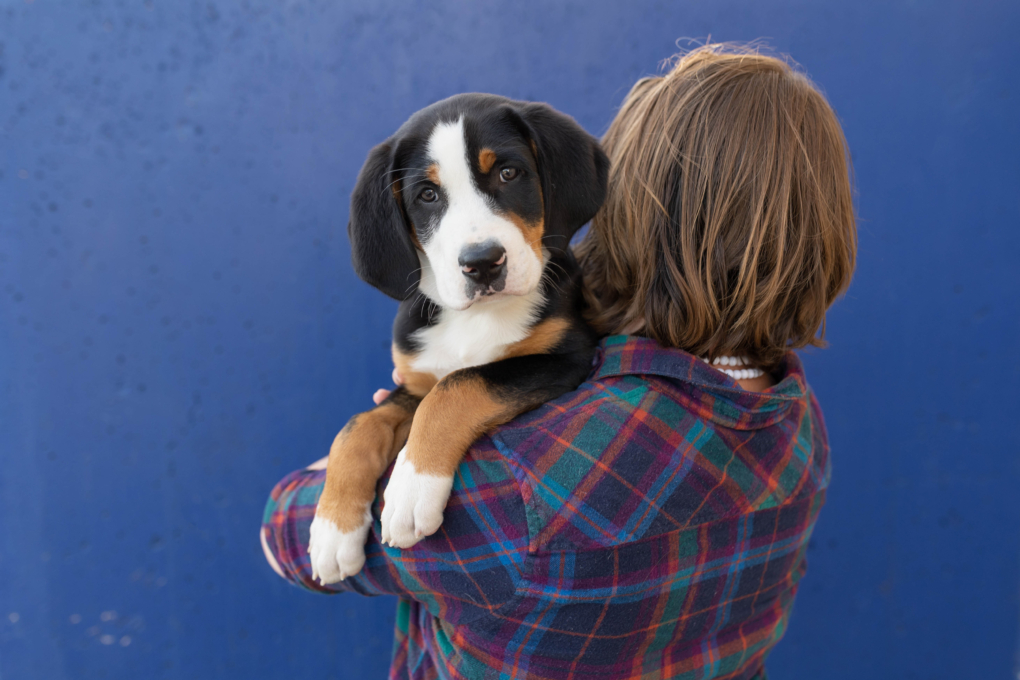
Some other things you might be wondering:
Is anything included in the session?
Each puppy session includes 2 digital images with a grand total of 6 digital images over all 3 sessions! Plus you’ll get a piece of epic wall art – one 10×20 metal that features 3 of your puppy’s images, one from each session, put together in a mega timeless collage! OOOOOOO! Plus you’ll get 25% off all a la cart purchases!
If you opt for the Puppy Series x2, you’ll get 2 digital images each session for a grand total of 4 digital images! Plus you get 20% off all a la cart purchases!
Do we have to stick to one location?
Yes! With each puppy session being up to an hour will won’t have a ton of time to visit multiple locations. Don’t worry we’ll pick a location that is brimming with loads of different backdrops to explore. Plus remember your puppy won’t have an infinite amount of energy for longer adventures (we can do that when they are older!).
And for puppies in the 2-4 month age range, I recommend that we stay at home or in your yard (pending vaccinations).
Can we do the session in our backyard?
We sure can! If we do, please pick up poo and assorted random dismembered toys around your yard. Fences will become part of the backdrop as well. Your puppy will be free to roam, though we may employ a leash to help wrangle them to an area – so they sit next to your flowers instead of tromping through them.
Why can’t we do pictures in the middle of the day?
We could…. if you want hard dark shadows, overly bright whites, crispy contrast and possible squinting dogs (people for sure squint in middle of the day light!). Backgrounds can be overly bright, and shade can be dappled, just not the ideal for stunning portraits of your puppy.
Instead if you want the dreamiest, warm, happy light then the timeframe of two hours before sunset is when the light will be the best. (It’s called golden hour due to this lovely golden light!). I favor evening golden hour as the light wanes into sunset vs the golden hour of the morning due to the color of the light and geez that sunrise can be EARLY!!!
Though…. depending on what we want to achieve we may have to consider different times of the day.
Looking to head to the lake, get a still stunning reflection and some lifting fog? Then we are going to need to be at the lake at sunrise (lakes in MN are typically calmest in the morning). The same rule applies for frost, dew and morning fog. If we want to experience it, we will need to arrive at sunrise. For sunrise golden hour will have 2 hours after the sun rises for the best light.
Wanting to do epic hiking through the woods and forests for your session? We will need to bump our time earlier in the evening especially the deeper we go inward. Trees tend to block a fair amount of light the deeper we go into the depths.
And if you have the power to… order us up a cloudy day that breaks at sunset into puffy clouds that a bathed in stunning colors… shucks I can’t order that up either!
Does my puppy need to be leashed?
Yes! If we are somewhere other than your yard and your house, your puppy will need to be leashed during the session. Leashes will always be edited out of your final images so your puppy will look like an off leash superstar!
When is the best time to do a Puppy Series Session?
Today! Tomorrow!!! SOON! Puppies don’t stay wee, cute and puppy sized for very long so we need to take advantage of portraits with them as soon as we can!
- At 2-4 months of age for the first session we could land in a various range of seasons!
- Winter puppies will be photographed inside unless they are 6 months or older.
Using Blue as an example: Blue was 8 weeks the end of August, he was 6 months just after Christmas and turned a year in June. Your puppy will most likely have two season changes during their 3 puppy sessions!
Here’s a breakdown of 6 months apart (great if you wanted to know when your pup’s half birthday is too!)
- January – July
- February – August
- March – September
- April – October
- May – November
- June – December
- July – January
How do I book a Puppy Series Session?
Book your session online for the 3x Puppy Series! Or head here for the 2x Puppy Series. This is the fastest way to book! (By the way, the session fee is broken down into payments hence the wonky session fee when you book!)
Texting or calling is the second fastest way to book a session – 320.428.0135 – while emailing () can be slower for response times. Skip sending pigeons – Blue will either chase or eat them…
Let’s capture your puppy with playful, vibrant and classic images in a Digital Dog Session!
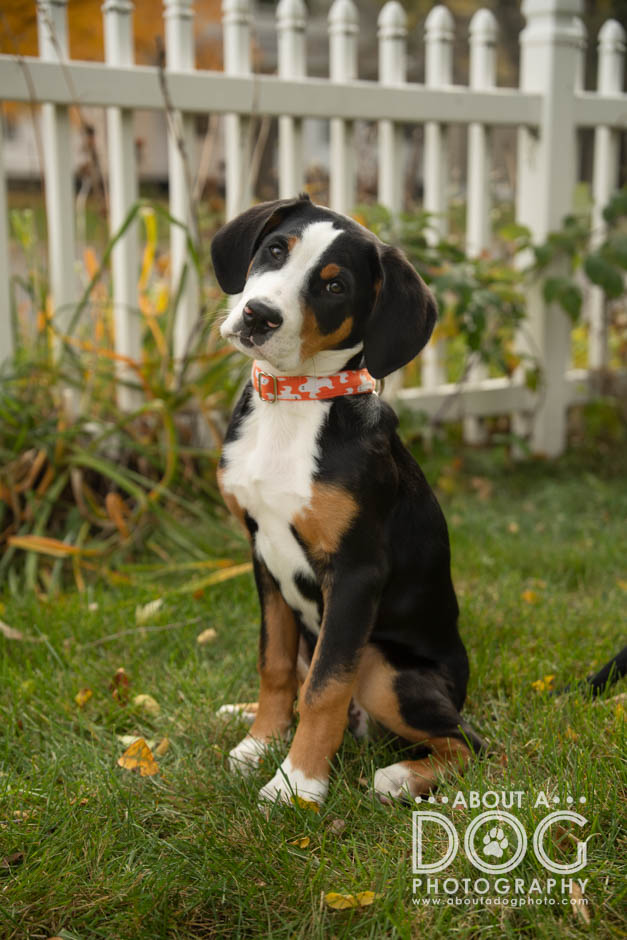
Meet the Session: Puppy Series Session Read More »
